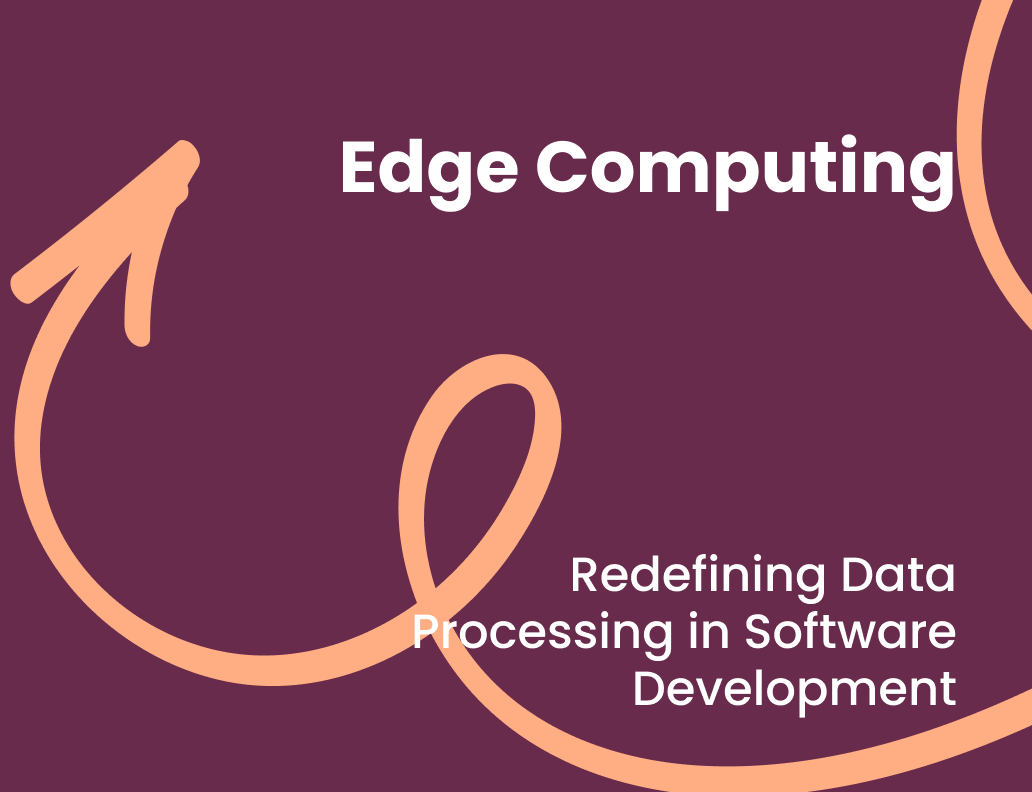
In software development, staying the former way includes new technologies that are revolutionizing the way we use gadgets and manipulate information. One such technology that has been making waves in recent years is edge computing.
But what exactly is side computing and why is it reshaping the computing landscape? Let’s take a look at side processing and see how it’s changing the industry for developers.
Understanding the Edge Computing
Software applications have traditionally been built to depend on centralized cloud servers to process data.
While this approach is effective for many use cases, it comes with limitations. Sending statistics back and forth between widgets and the cloud can introduce delays that affect overall performance, especially for real-time applications. In fact, bottlenecks in the data pipeline and network overload can also impact the ability to respond quickly.
Edge computing turns this model on its head. It distributes information processing capabilities to the “edge” of the network, in the direction of the facts. It could be an intelligent device, a next-door server, or perhaps a gateway device. By processing data at home, the computing aspect offers a number of blessings that can fundamentally change the way we design and build software program applications.
At its core, problem-oriented computing is about processing information locally, at or near the time of delivery, rather than relying entirely on distant information assets. This focus on results in faster response times and reduced latency, which are critical factors in programs where real-time insights are paramount. Whether it’s fuel-efficient cars, IoT devices, or immersive gaming research, the ability to deliver information at your doorstep opens up international opportunities.
Enhanced Privacy and Security
At a time when privacy and data security are major concerns, faceted computing offers a powerful solution. By processing facts locally, sensitive facts can be stored closer to the point of delivery, reducing the risk of unauthorized access or information leakage. In this way, the decentralized technique mitigates the impact of outages or community disruptions, ensuring consistency even in challenging conditions.
Scalability and flexibility are other benefits of edge computing. With the ability to distribute computing resources across the aspect gadget community, developers can easily scale their applications to meet processing needs. Whether it’s handling unexpected traffic growth or smoothly rolling out updates, edge-computing technology provides a level of agility that is difficult to achieve with traditional architectures.
Real-World Applications
The impact of aspect computing extends beyond the realm of software program improvement, with actual global packages covering various industries. In smart cities, edge computing enables relevant infrastructure to view and respond to website visitor behavior, environmental conditions, and emergency situations in real-time. In health care, edge-computing-based clothing can examine life signs and symptoms and spot anomalies without relying on regular cloud connections.
Conclusion
Edge computing isn’t a silver bullet, but it is a powerful tool. By bringing processing capabilities closer to the data point, edge computing delivers speed, security, and scalability that traditional architectures simply can’t match. We continue to explore the limitations of what’s possible and one thing is clear: the future belongs to those who embrace the edge
